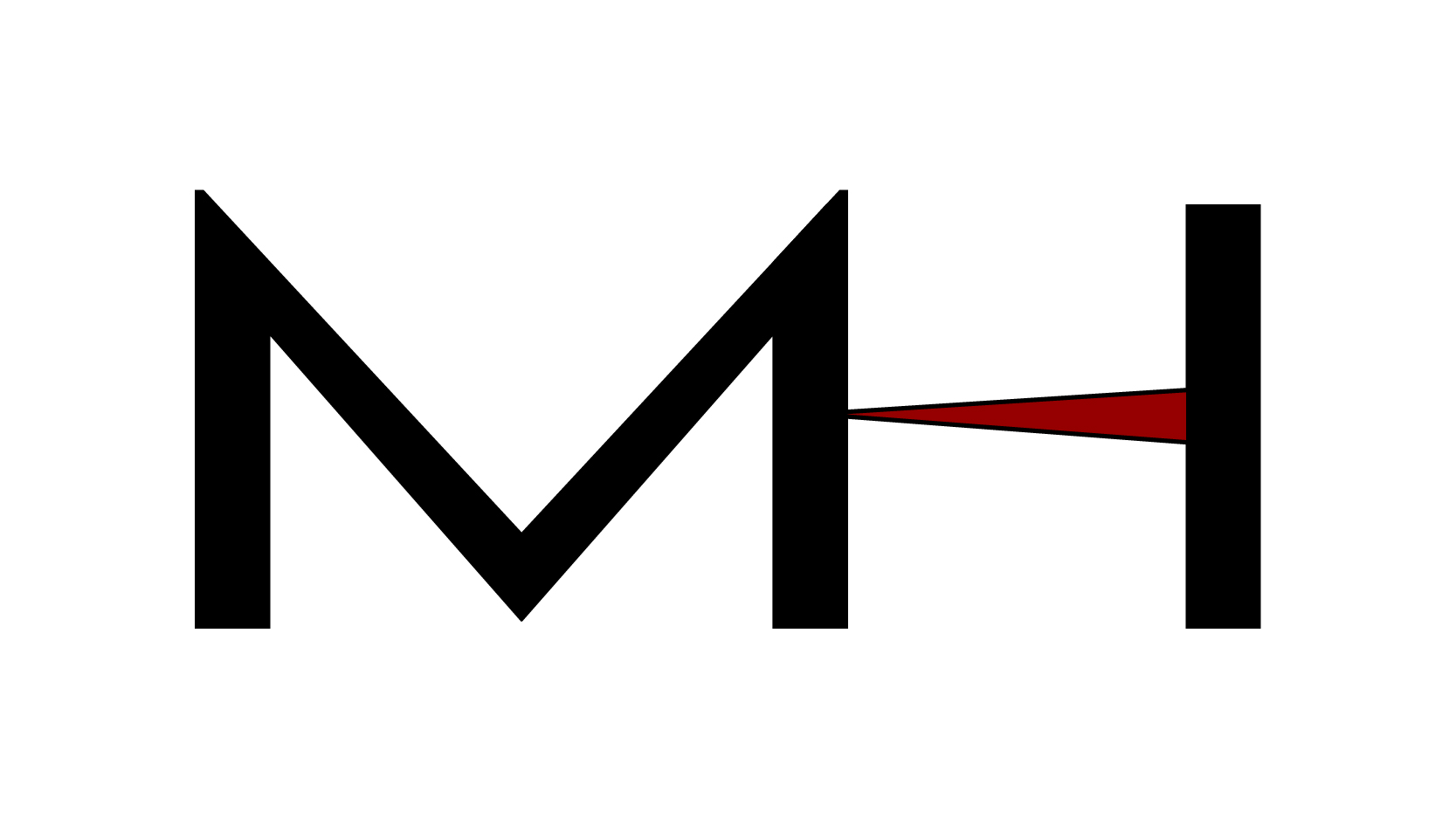- 0 Comments
- BLOG Digestive Hormones / Endocrine Immune / Lymphatic
The liver is the largest organ in the body providing several vital functions such as storing glycogen, copper, iron, triglycerides, and lipid soluble vitamins (Reisner & Reisner, 2017). The liver is also responsible for synthesizing certain proteins such as albumin, which facilitates coagulation and inflammation, in addition to binding proteins for storage of substances (Reisner […]
Read More